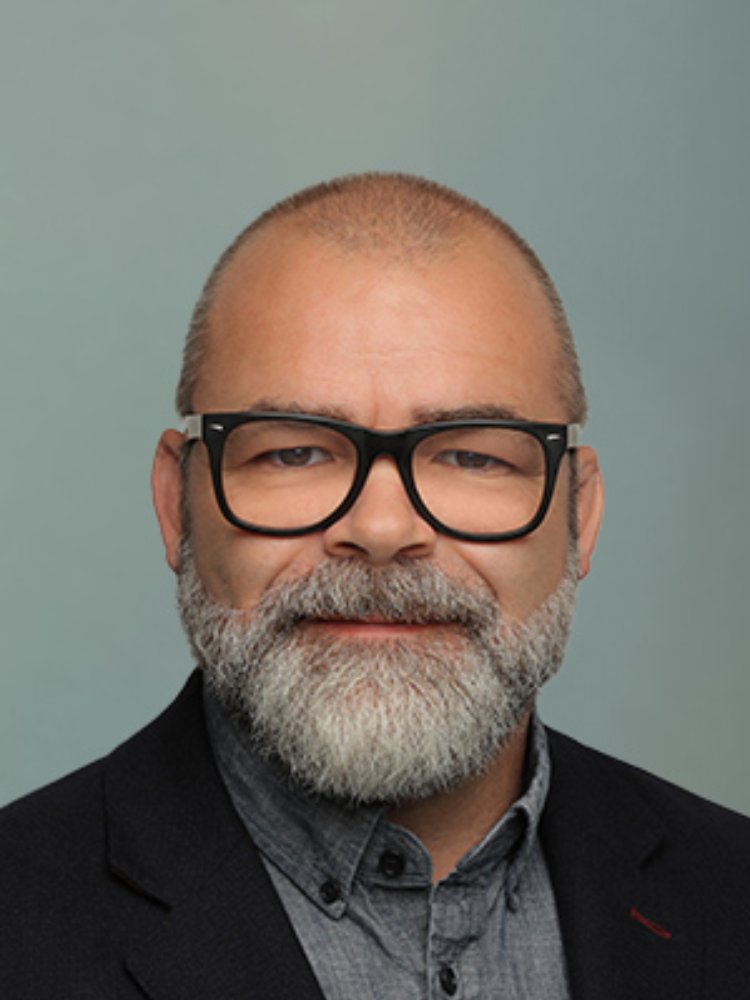Watch the WPP story
Operating in a fiercely competitive industry, WPP differentiates itself as a “creative transformation” company capable of engaging with customers holistically across a range of full service marketing and communications offerings.
WPP’s success depends on the talent and skills of its 120,000 team members across 6 global integrated agency networks (GroupM, VML, Ogilvy, AKQA, Hogarth and Burson) in over 100 countries. WPP produces the best outcomes for customers when inspired team members work collaboratively at high velocity.
Optimally coordinating work among its large and globally distributed teams of creatives is WPP’s fundamental challenge and opportunity. Even enabling team members to produce the highest quality work within WPP requires boosting workplace engagement and rapidly evolving technology and tools used in creative teamwork.
But enabling high quality collaboration across agencies would require a foundation for continuous improvement that would unify the international organization. WPP excecutives realized they needed a full-scale digital transformation.
CIO Jamie McLellan inherited multiple IT estates and programs through acquisitions over the course of 45 years. Fragmented technology services created friction for team members attempting to get technical help or work together beyond established IT boundaries.
Jamie and team knew removing the points of friction would be impossible if the individual agencies continued to work with different IT service providers.
Breaking down technology silos and building useful shared services would require a massive, well-coordinated effort. Executive leadership agreed that WPP needed a single long-term partner for what would be an ongoing transformation journey.
A big leap in technology in one year
Together, WPP Enterprise Technology and Kyndryl established a partnership charter for a one-team structure, pairing WPP and Kyndryl focals at every level of IT decision-making. As one team, WPP and Kyndryl would jointly lean into identifying and solving problems.
The team defined 18 priority projects to complete in the first year of partnership. While running current operations as usual, the team modernized and innovated systems and operations to increase productivity, collaboration, and satisfaction among WPP colleagues working with customers.
- Cloud-first Acceleration. To enable creative teams to easily move work around the world and collaborate across time zones, the team modernized the server fleet of 6,000, decommissioning 4,700 servers on premises and migrating 1,000 servers to private cloud and Microsoft Azure public cloud. This cloud-first effort involved exiting many global datacenters, significantly reducing total cost of ownership and the company’s carbon footprint.
- Networking. To ensure unbroken coverage and seamless roaming within and between offices both for team members and guests, the team resurveyed buildings, upgraded hundreds of wireless access points, and are now implementing next-generation firewalls to enhance security.
- Device Management. Team members were quickly made productive through cloud-based management of the large corporate device fleet. They received new or upgraded laptops provisioned with all applications necessary for their specific roles. Similarly, regular patching and other software updates were automated to happen seamlessly while teams continue working.
- Omnichannel Support. Global service desks with real-time language translation enabled team members to consult newly trained agents on technical issues. Omnichannel support returns colleagues to productive work faster through help via chat, phone, self-service portal (in ServiceNow), or one on one at an IT Tech Bar on WPP campuses.
- Technology Automation. Kyndryl Bridge AI Ops was deployed across the WPP Technology estate to generate insights and help drive priority actions for members of delivery teams. These teams run daily stand ups and automate creating and deploying fixes with Red Hat Ansible playbooks. This model of addressing issues proactively distributes a specific fix beyond its individual server occurrence to the broader server estate.
- Continuous Improvement. To ensure a smooth and steady transition, the joint team created an Ambassador Network of 100+ colleagues to facilitate cultural transformation. The team also established a continuous improvement program using touchpoint satisfaction surveys to gage how colleagues experience newly shared services as they evolve. Meeting Experience Level Agreements (XLAs) along with Service Level Agreements (SLAs) requires Kyndryl and WPP counterparts to know the differences among WPP agencies well enough to deliver nuanced technology services.
What progress looks like
After a year of transformation, WPP received proof that its digital workplace strategy was working as they intended. Work with a major client that involved international and cross-agency collaboration was so successful that it become a model of process for big client campaigns going forward. The project leaders were asked to share learning to other teams internally undertaking similarly large challenges with WPP clients.
Additionally, the WPP transformation team reported these impressive accomplishments.
Simplifications and efficiencies
- Decommissioned 4,700+ servers for multi-million dollar savings
- 1.6 million automated IT system events/month, including 80% of server patching
- 36% of IT incidents resolved without any human intervention
- 67% cost reduction in server footprint due to migrations and tuned usage
- 60% of legacy servers migrated to cloud 6 months ahead of plan
Satisfaction and productivity
- 90.5% customer satisfaction (CSAT) score in first month of deployment with 100% increase in response rate
- 17 seconds average chat service wait time, down from 13 minutes, resulting in 22 days/month of productive time gained back
Environmental, social, governance
- Estimated 300 metric tons of CO2 reduced through datacenter consolidations and cloud migrations
Meet the team

Jamie McLellan

Jon Cook

Lacey Firestone



